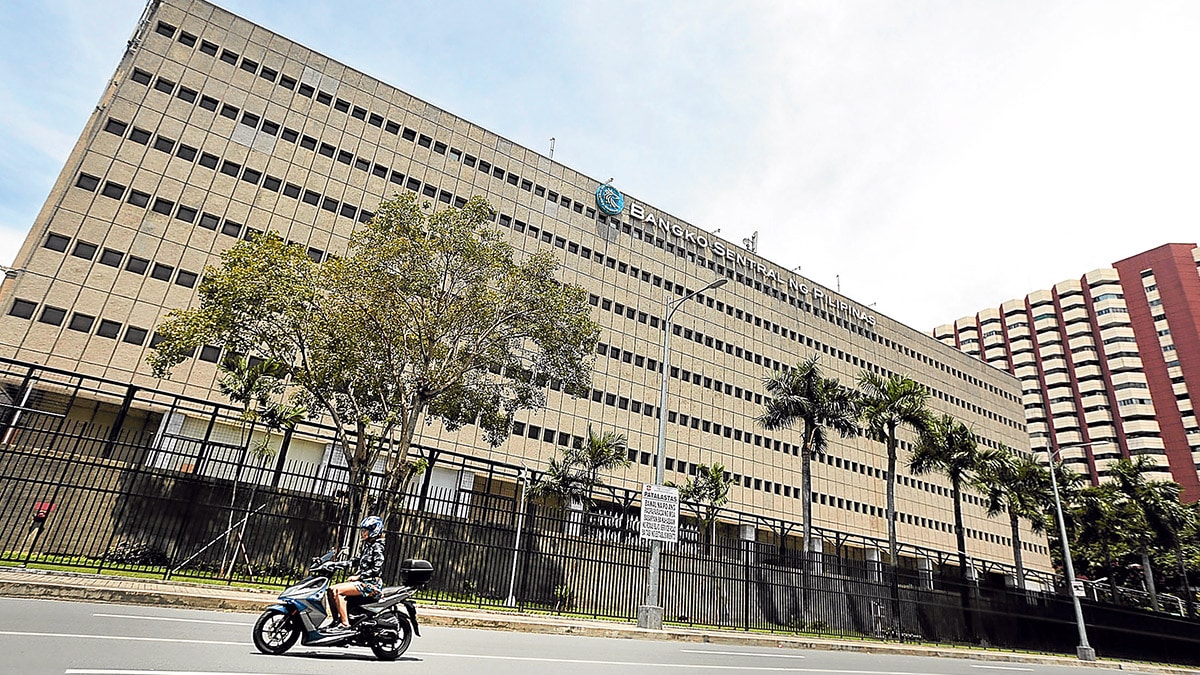‘Shallower’ rate cuts seen in 2025
Fewer rate cuts are likely on the table for the Bangko Sentral ng Pilipinas (BSP) next year to give the country some protection from any unexpected flare-up in inflation amid persistent geopolitical tensions, analysts said.
In a commentary, ANZ Research said that while there’s still room for further easing, “shallower” rate cuts may be possible in 2025.
ANZ picked up the latest policy signal from Governor Eli Remolona Jr., who had said that the total 100-basis point (bp) cuts that he previously penciled in for next year now appears “too much.”
“We think that cumulative rate cuts in 2025 will amount to 75 bps. We will revise this forecast if adverse geopolitical developments result in higher-than-projected inflation,” the bank said.
The BSP last Thursday capped 2024 with a third consecutive quarter-point reduction to the policy interest rate, with Remolona keeping his intention to take “baby steps” when it comes to easing amid persistent price pressures coming from possible transport fare hikes and higher energy prices.
The latest move put the key rate that banks typically use as a guide when pricing loans to 5.75 percent. At the same time, the decision brought the cumulative rate reductions this year to 75 basis points (bps), following two quarter-point cuts each at the August and October meetings of the MB. By lowering borrowing costs, the BSP wants to spur consumption—a major growth driver—and investments.
The Philippine central bank stayed on easing mode even while neighbors Thailand and Indonesia held rates steady in the face of a hawkish quarter-point reduction by the US Federal Reserve, which signaled a much slower trajectory of monetary policy loosening in 2025 because of stubbornly high inflation stateside.
What convinced the BSP to deliver another cut was a mild 2.5-percent uptick in inflation in November, and economic growth that significantly slowed in the third quarter.
For now, Remolona said current monetary policy settings remained “somewhat on the tight side”, something that would give the economy “insurance” against surprise price shocks. The BSP chief said the central bank may ease again at its first policy meeting in 2025.
For Nomura, the BSP can cut by more than the Fed and continue to decouple from its regional peers.
“In our view, BSP’s more orthodox approach is appropriate and provides much-needed clarity when the global environment is highly uncertain, enhancing BSP’s policy credibility,” the Japanese investment bank said.


